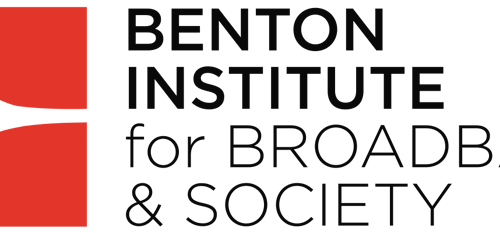Twitter Poll: Before, During, and After the First 2016 Presidential Debate
Thanks to those who participated in our Twitter poll conducted before, during, and after the first 2016 US Presidential Debate on 26 September 2016. Working with Jay Blumler and his colleagues at Leeds University, who studied the leadership debates in the UK*, we sought to investigate citizens’ expectations of the US Presidential debate and the debaters and to what extent they were or were not met by their experience of watching the debate. While expectations were low, they might have been met or exceeded from the perspective of those watching the debates.
We are examining this in detail by capturing tweets from before, during and after the debate for content analyses. But as a complementary add on, we decided to informally poll Twitter users, using Twitter’s polling function.
We posted five simple questions through our account @QuelloCenter on Twitter including the main hashtags of the debate: #Debates and #Debates2016. The questions were framed as expectations (before the debate), perceptions (during the debate), and reflections (after the debate). The questions asked Twitter users about likely democratic benefits that could extend from live presidential debates, including whether the debaters or debate in general:
1. Helped them decide whom to vote for;
2. Showed that the debaters understood people like themselves;
3. Engaged them in issues of the debates;
4. Provided facts to support the debaters’ points; and
5. Clearly stated their points in an understandable way?
At the most general level, what we found was two-fold.
First, there was great skepticism coming into the debates. Most respondents did not expect the debates to help them decide whom to support, and were doubtful about all the potential benefits we posed.
However, secondly, there was some increase in positive perceptions during and after the debate. We did not survey the same individuals overtime as entirely different individuals were likely to have participated in each separate poll. Still, during and after the debate, more respondents agreed that the debates helped them decide whom to support than did respondents before the debate. More Twitter users thought the debaters might understand people like themselves; more felt the debate engaged them in the issues; more felt the debaters stated their points in an understandable way. An exception was around whether the debaters provided facts to support their points, where responses were more sceptical throughout all stages.
There are many limitations to our findings. For example, the sample is a self-selected sample of those who happened to have seen and chose to complete the survey. The number of responses ranged from 45-346 people, depending on the timing and question. So there is no scientific significance to the set of figures posted here, but the patterns are nonetheless interesting and encouraging. Maybe our more comprehensive analysis of tweets will support, counter, or refine these early observations from our informal poll.
You can see the results across time on the five questions here: twitter-poll-blog
Reference
* Coleman, S., Blumler, J. G., Moss, G., and Homer, M. (2016), The 2015 Televised Election Debates: Democracy on Demand?. Leeds: University of Leeds. http://www.debatesinternational.org/sites/default/files/Coleman-et-al.-Democracy-on-Demand-1.pdf
Full blog with figures on each question: twitter-poll-blog



